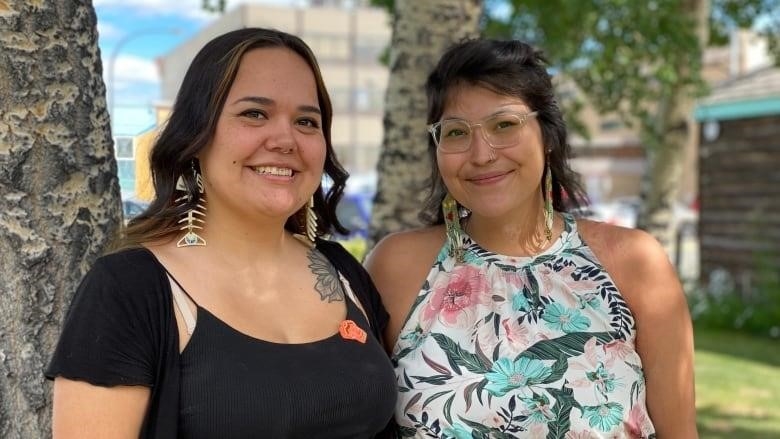
A new, interactive website gives ideas and tools for dealing with the climate crisis
A group of young Indigenous people from the Yukon have made an interactive website that they hope will make people think very differently about the climate crisis and how to solve it.
One of the creators, Carissa Waugh, said, “It’s not a website that you’re just going to skim through.” “There are recordings, stories, and a lot of pictures on there,” she said.
Thirteen young people from First Nations in the Yukon and Northern B.C. who took part in the First Nations Climate Action Fellowship made the website.
Yukon First Nations signed a climate change emergency declaration in February 2020. They also asked that a plan of action be led by youth and be based on an Indigenous worldview.
That led to the creation of the fellowship, and now, after two years of work that included healing, self-reflection, and exploring identity and culture — as well as how all of these things relate to climate action — the plan is complete in the form of an interactive website.
“We want everyone to be a part of it,” said Waugh. “You can be a part of what we’ve been doing by using this website.”
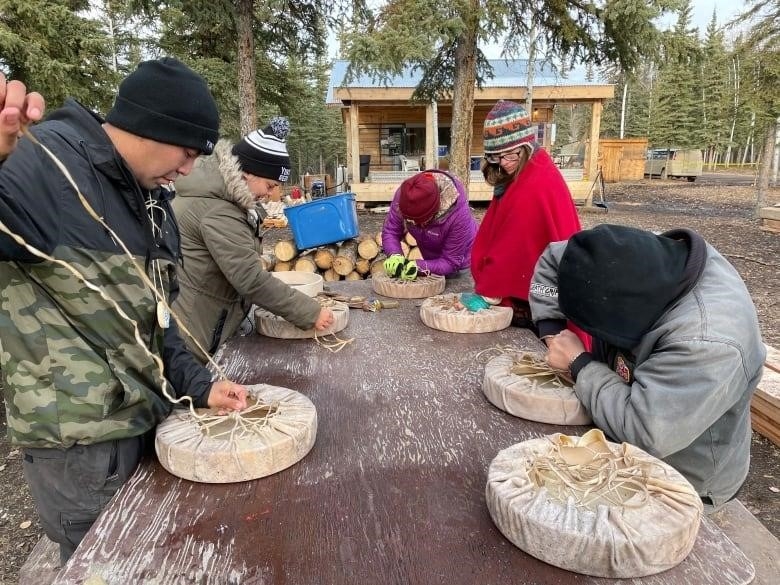
Waugh and her colleagues call their work “Reconnection Vision.” Rather than a typical policy document, they say it is a guiding philosophy and toolkit that identifies disconnection as the cause of both the climate crisis and the mental health crisis that is affecting many communities.
They say that the work of “reconnecting” is climate action and is about healing and being in harmony with oneself, the community, and the land.
Based on the important Yukon land claims document from 1973,Together Today for the Future of Our Children,The group calls itself “the children of tomorrow” and says that the Reconnection Vision can be a guiding philosophy for Yukon First Nations for the next 50 years.
Jocelyn Joe-Strack, the Indigenous Knowledge Research Chair at Yukon University, said, “We really see this path as a way to get back to balance, harmony, circular thinking, and community.”
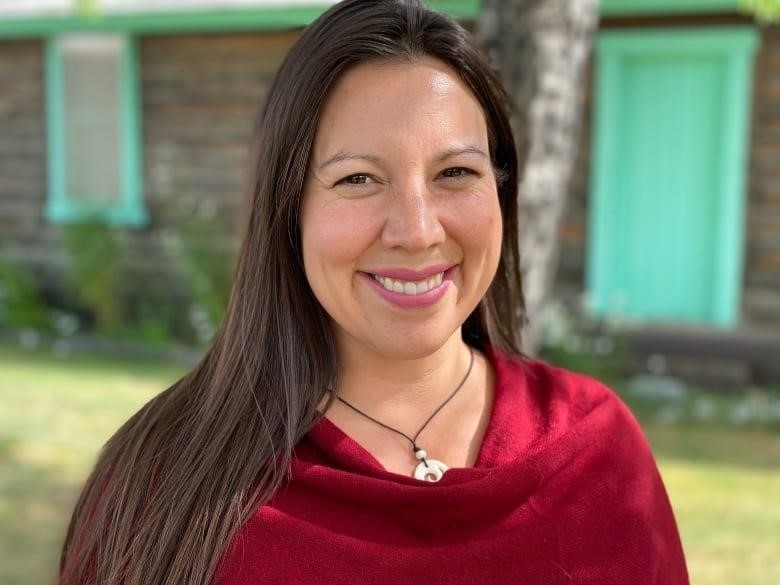
Over the last two years, she has helped the group and seen the people in it become closer. Joe-Strack says that their work has taken a different approach and pushed back against the dominant culture.
“In most climate plans, you see things about greenhouse gases and reducing emissions,” she said. “But we really see the climate crisis and the mental health crisis as two sides of the same coin, and the root cause of both is our state of being disconnected.”
The Reconnection Vision says that “the imbalance of the land reflects the imbalance within ourselves.”
Joe-Strack says that the time they spent together making the vision was holy, and that the work of getting back together isn’t always pretty.
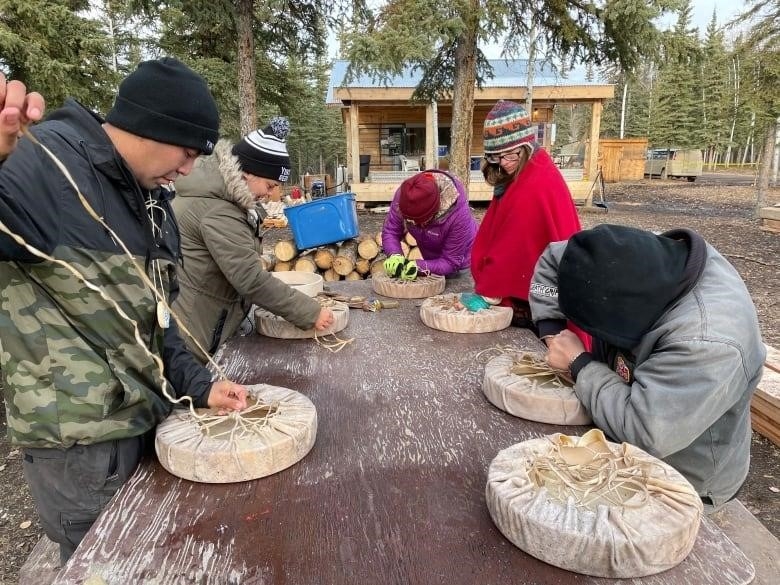
“It has a lot of force to it.”It’s hard to heal in the world we live in now, and there are parts of our society and institutions that actively keep us from being whole, reconnected, and in good relationships with each other,” she said.
She says that there is work to do for groups, governments, and institutions that want to follow this vision.
“Think about what you do that keeps the barriers to reconnecting up, and think about how disconnected people are at work and in your community, and what we can do to make space and let people just explore.”
For her friend Nika Silverfox-Young, working together to make the plan has been an emotional and personal journey that has helped her grow.
“I’m reconnecting to my language, my home community, and my lands,” she said.
“It’s just been love and support without conditions. I just want as many young people as possible to feel what we feel.”
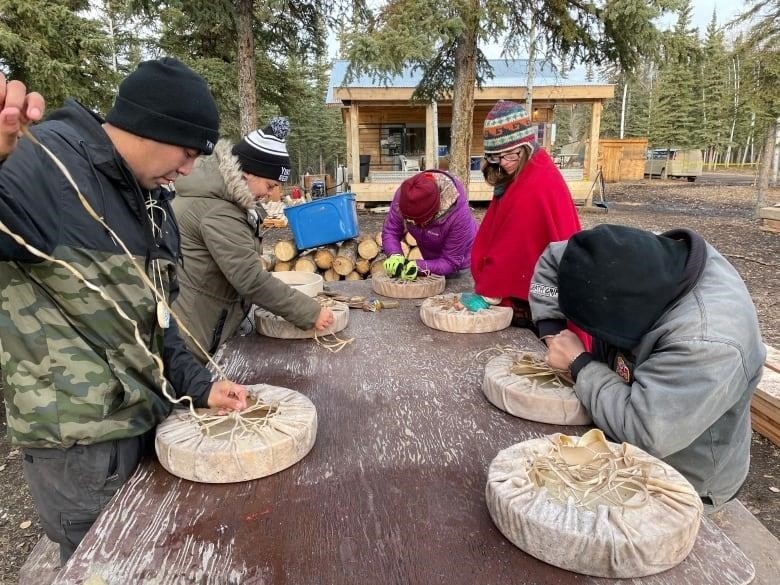
Both Silverfox-Young and Waugh say that getting to know each other and getting stronger through the fellowship has changed their lives.
They hope that as more people understand the vision, support and connections will grow and make people, communities, and the land healthier.
“Our youth are ready, they’re ready for the change, and we’re ready to help them along that journey,” says Waugh.
Silverfox-Young says that she thinks the vision will change a lot of people’s minds and “hopefully give us a little army of reconnection soldiers.”
“One day, we will all be our people’s ancestors and lead them through change in a good way.”
